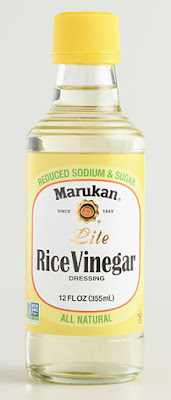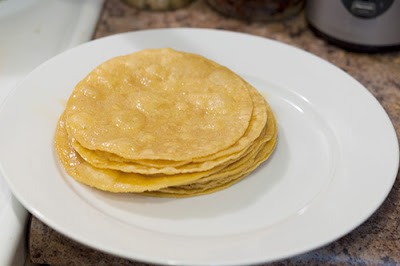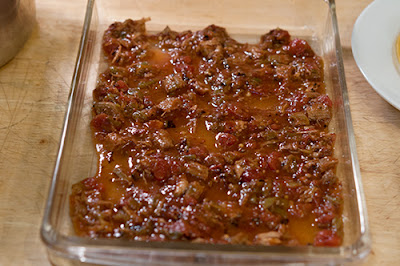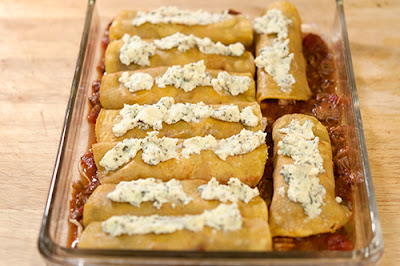The batter is made up based on the things that I think it should have.
Originally I thought It could have buttermilk, but I forgot to include the buttermilk powder that is mixed with water. So, this has regular milk.
I was aiming for one cup which I imagined would be slightly too much. I want the waffle to go all the way to edges of the waffle iron for a complete ring.
A generous pat of butter was put into a glass measuring cup that holds well over one measured cup. That was melted in the microwave.
Then part of the milk was added to cool the butter.
* Pinch of salt. Everything with flour needs salt.
* A few teaspoons of brown sugar.
* One teaspoon white sugar to assist in producing a crisp waffle.
* About 1/2 teaspoon vanilla extract.
* About 1/4 teaspoon cinnamon.
I bet powdered ginger would be rather good but I didn't put any in.
Then one small egg is added and the whole mixture beaten.
Milk to bring the level to 3/4 cup leaving enough room for the flour and berries.
Flour added by the tablespoon until the right thickness develops. It took 3 rounded tablespoons full. More than I wanted. It is now 1 full cup but the berries are not in it yet.
1 Teaspoon of baking powder.
The mixture foams immediately. The cut strawberries are added along with blueberries by the handful. It is now rising above the 1 cup mark to the brim.
The foaming continues.
The batter is poured into the waffle iron and spread around guaranteeing a full waffle.
There is still over 1/2 cup batter remaining.
The foaming in the cup continues.
The lid is closed so the waffles are now cooking on both sides. The iron is flipped to guarantee full batter distribution on both sides. But that is hardly necessary. The batter continues to foam inside the waffle iron pressing against both sides even without flipping it.
The foam in the cup continues. It reaches 1 full cup.
So, whereas I aimed for one cup of batter, by measuring carefully as I went, I ended up with two full cups due to baking powder foaming.
Fine. This waffle is delicious. I'll have another waffle later on.
Loads of blueberries, the small good ones
Generous fresh strawberries with actual strawberry flavor
Real maple syrup, reduced sap from trees
Real butter from contented grass eating cows
Do waffles get any better than this?
I don't know. I never ate one outside of home.
I just now looked at waffle place menu. Boy, they sure are cheap. Just think, you could get bacon and eggs and a couple of glasses of milk for practically nothing. With all the trouble saved, it's nearly like getting free food, service, and no hassle, no mess to clean up. I can see why those places are so popular.























































